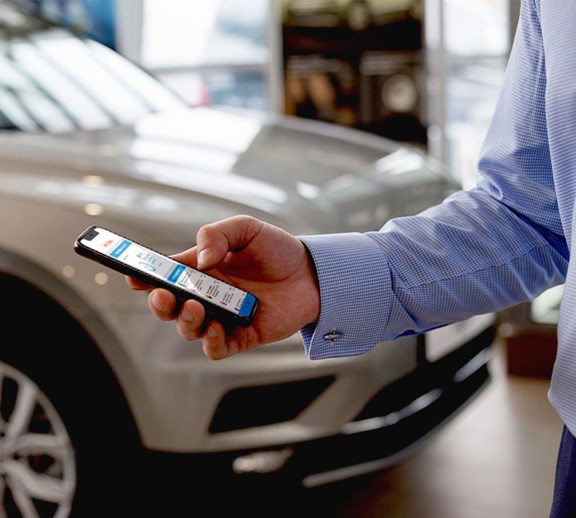Getting started with gamification
Written by: Lea Sorrentino, Managing Director, Gamification, BI WORLDWIDE
(View Author Bio)
What is holding companies back from adding gamification to their organization? The simple answer most often heard is, “I don’t know how to start”.
Scroll Down
Most major enterprises understand the power of gamification to motivate employees, increase efficiency and speed up training and enablement. So what is holding companies back from adding gamification to their organization? The simple answer most often heard is, “I don’t know how to start”.
It is easy to understand why starting a gamification program can feel overwhelming, especially when trying to decide what audience, department or systems should be included. After solving this problem for years, we know where to start with these 5 tips:
Know what you’re trying to solve.
List out some of the consistent pain points within your organization or department and identify places and processes that need a little TLC. Knowing what you are trying to solve will present a goal you can obtain.
Once you know what the goals of your program are you want to make sure you know how to measure those goals with KPIs (Key Performance Indicators). Understanding how you are measuring success today will help you understand if your gamification program is having an impact on your future.
Know your target audience.
For any new program the key to understanding what game mechanics and dynamics will motivate that community and drive engagement is to know who you're trying to motivate. It is hard to create a program that works for everyone. Gamification works much better when you focus on a group and expand out what works to the entire organization.
Going beyond program participants, you also want to make sure to identify the audiences that will help build your program. Most likely you will have more than just your team that influences the communication, direction and goals of your program. Having managers, supervisors and execs on board with the vision of the program sets it up for success.
Know how to communicate.
Communication makes or breaks a gamification program. You can’t expect people to succeed if you are not clear about what they need to do to be successful. How you introduce the new program and how the program is reported on to the organization has an impact on adoption. Creating a communications plan for launch and beyond helps programs grow.
One nice thing to remember about the power of gamification is its ability to provide automated and consistent feedback, so communication can always grow and become more user specific over time.
Know your user's experience.
Programs that are user centric always perform the best. You want to make it easy for your users to navigate the experience. The power of gamification is that the programs create more transparency and paths for participants. Don’t muddy a program up by placing the UX on devices or portals that are not a part of the current workflow. You also want to make sure that the new program looks and feels like your brand, so make sure to consult your marketing teams.
If there isn’t a current workflow, don’t panic! Leverage your communications plan to lead your users to the new experience and explain clearly what the benefits of adoption are to them.
Know the rules.
Trying to build out a rules engine for your gamification program is no small feat, so start with a partner who has the ability to integrate with your systems. As your program grows, you will want to add new systems, users, activities, rewards and so much more. Hard coded programs can stunt growth opportunities.
Getting started with gamification can be overwhelming, but following these 5 tips can make the whole process more manageable. Dare I say, downright fun once you start thinking about the possibilities for your new program!
Learn how gamification can engage your audience.














